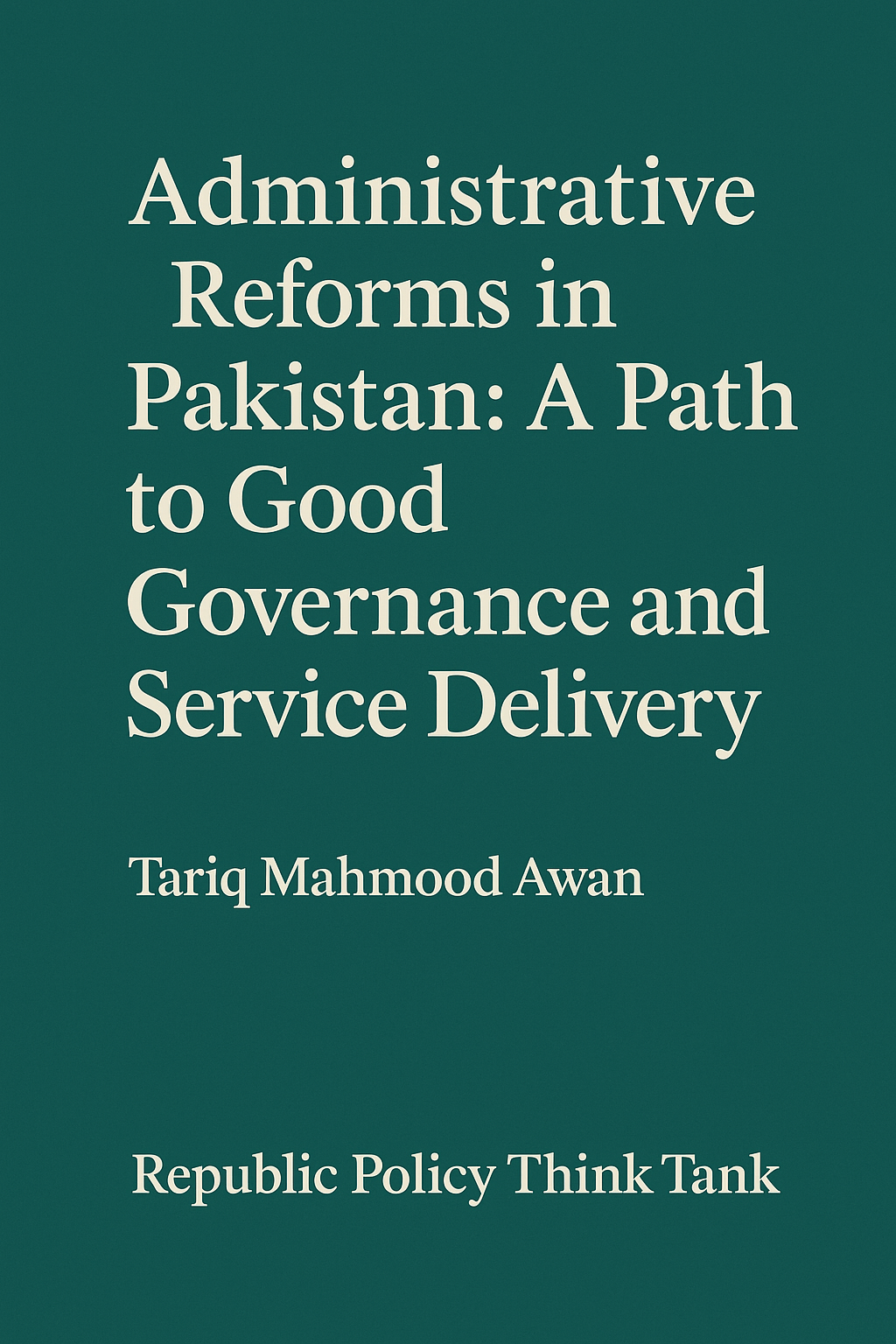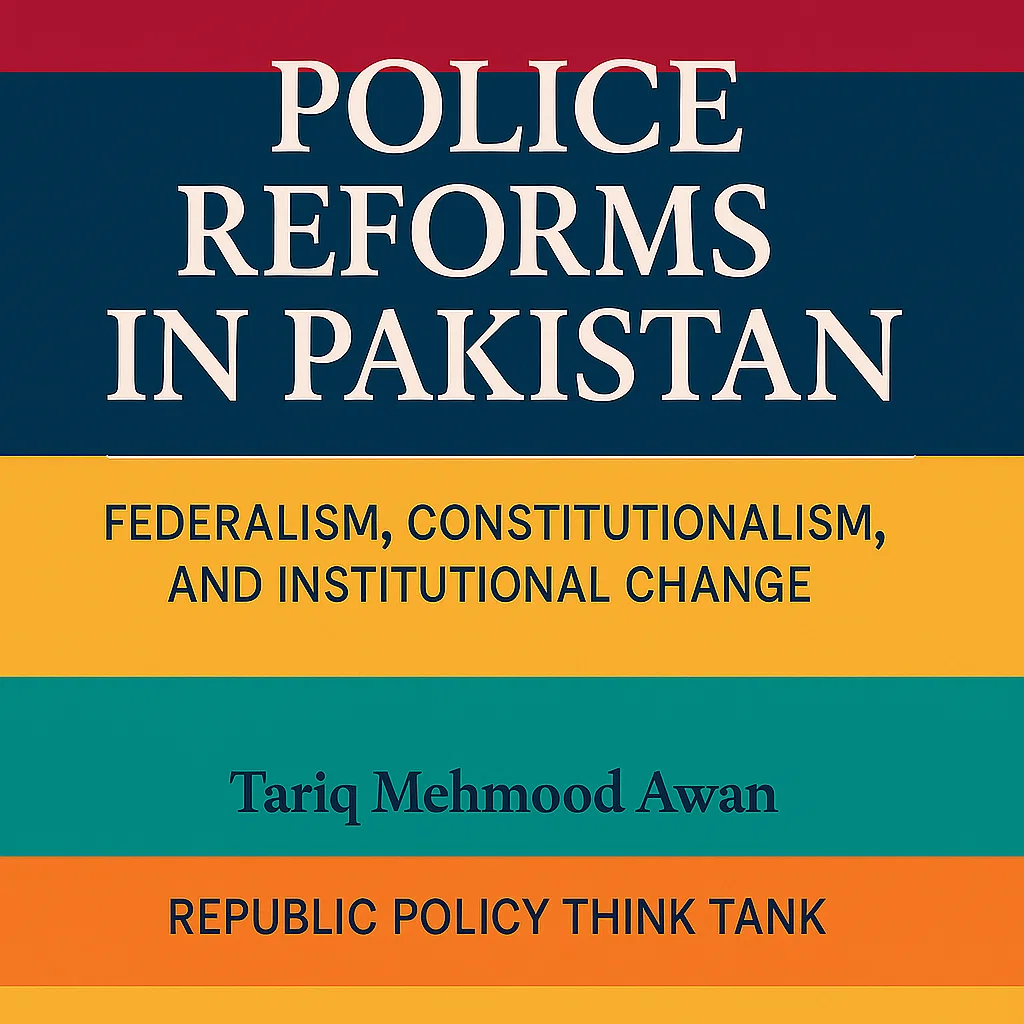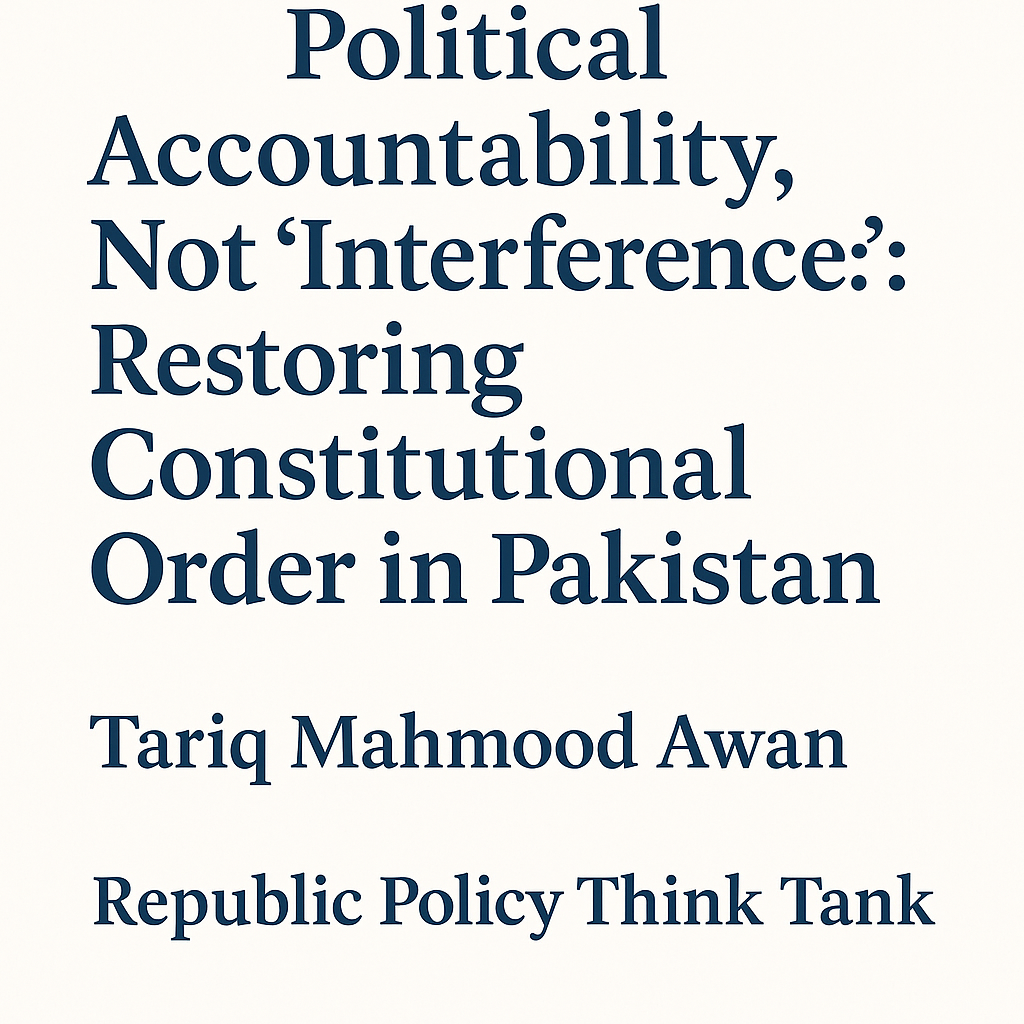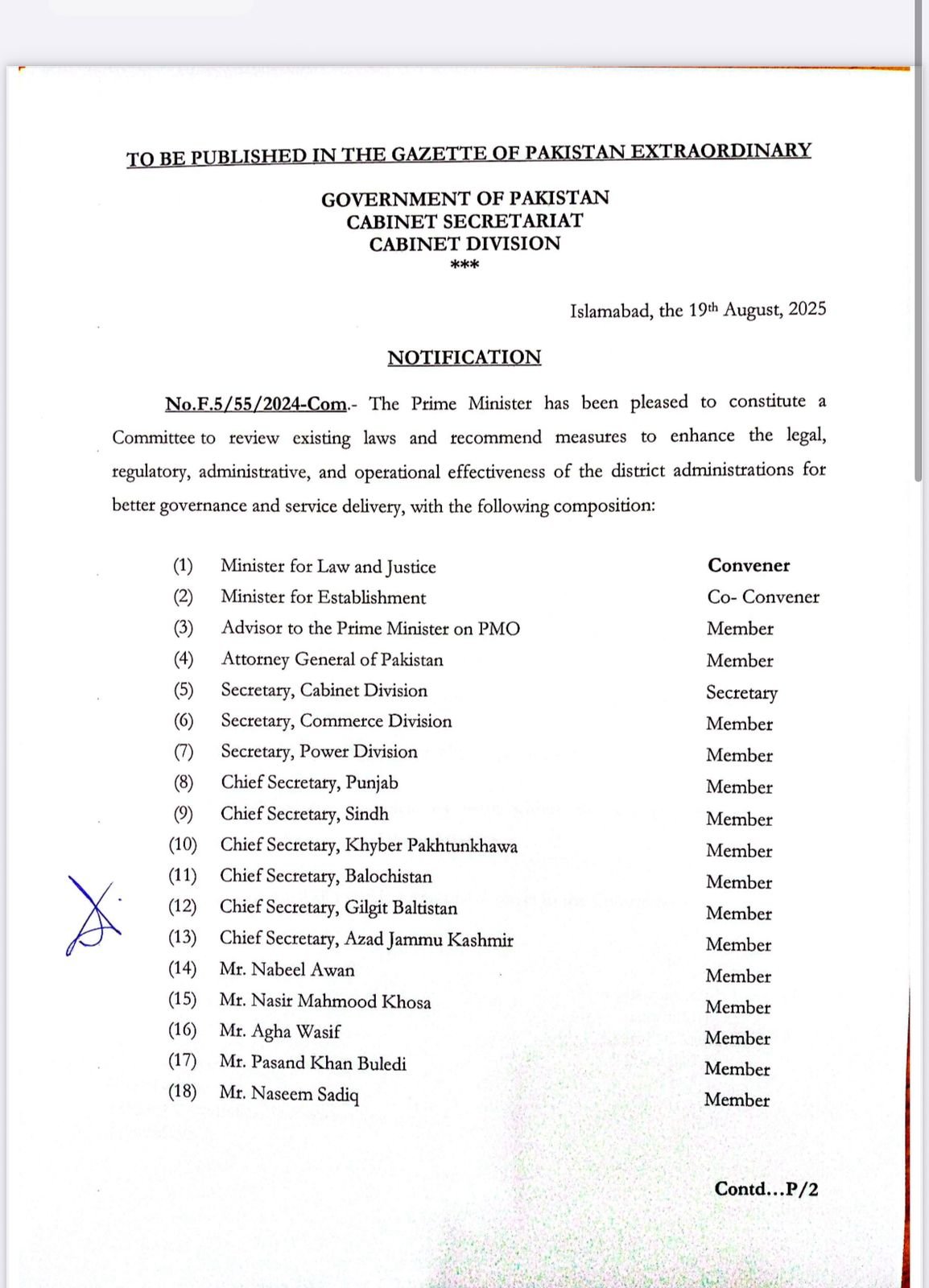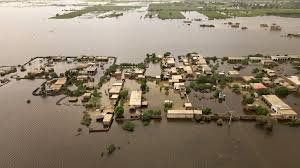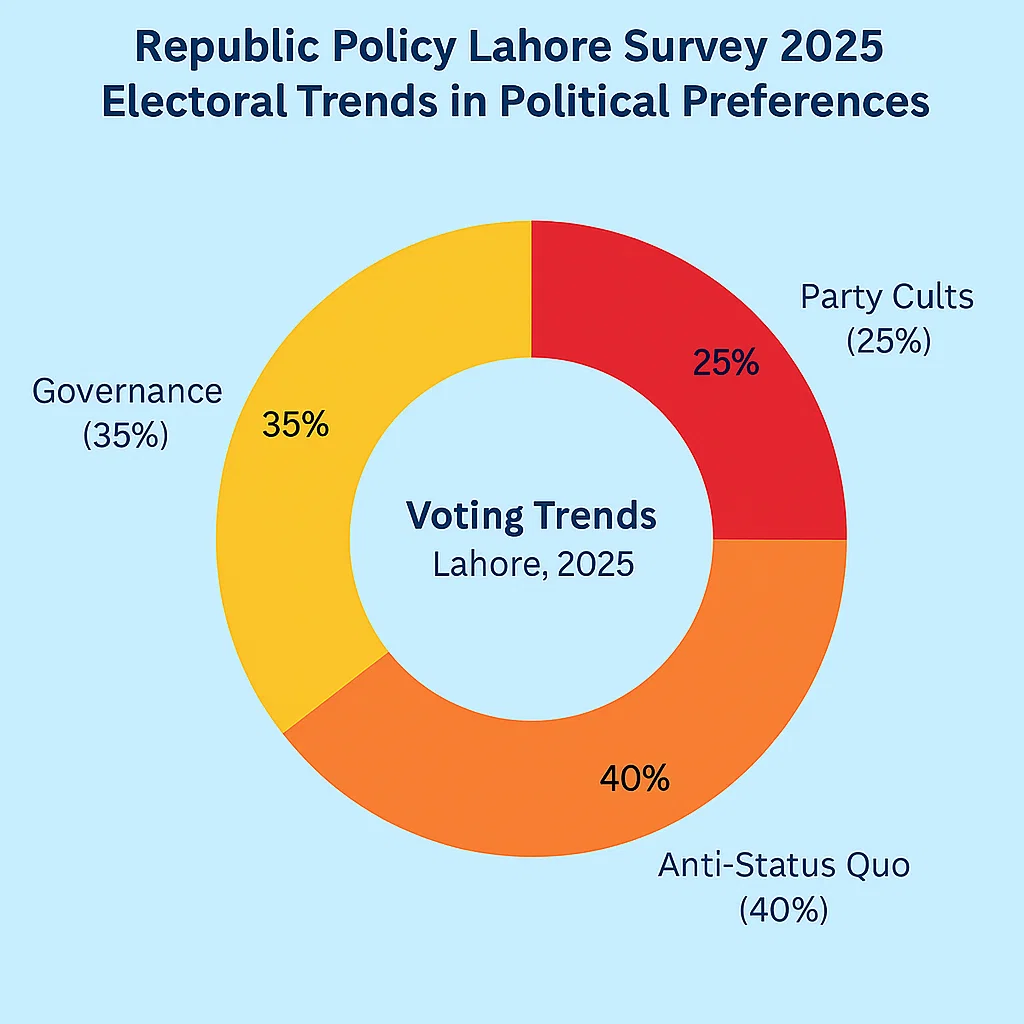Safia Ramzan
Climate change is undeniably accelerating the frequency and severity of droughts across Pakistan, a nation already grappling with rising temperatures and an increasing scarcity of water. These conditions are leaving tens of millions of people vulnerable and wreaking havoc on agriculture, the backbone of Pakistan’s economy. Rural communities are especially hard hit, with many being forced to migrate as drought conditions worsen. Recent droughts in Balochistan, Sindh, and southern Punjab have only added to the already critical water shortage situation in the country.
Over recent years, the drought events in Pakistan have grown more frequent and intense, particularly in regions such as Balochistan and Sindh. The Pakistan Meteorological Department has recently issued a drought alert for these areas, as well as parts of lower eastern Punjab, citing rainfall deficits of 40% below normal levels since September. Despite some sporadic rainfall providing temporary relief, several areas in southern Sindh and Balochistan have endured more than 200 consecutive dry days. This severe lack of rainfall is exacerbating already dangerous drought conditions, and the situation is showing no signs of improving.
The average mean temperature in Pakistan has risen by 2°C to 3°C above normal levels, significantly intensifying the drought conditions. As a result, the country’s largest reservoirs, including the Tarbela and Mangla dams, have reached “dead level,” which means that they are holding minimal water, unable to generate electricity or meet irrigation demands. The low water levels in rivers further compound the issue, making the outlook for water availability increasingly bleak. With the Kharif season approaching, the demand for water will only increase, putting further strain on an already stressed system.
This escalating water crisis has far-reaching implications for Pakistan’s food security. Water stress directly affects agricultural production, especially in the already impoverished and food-insecure areas of the country. Given the country’s reliance on water-intensive crops, such as wheat, rice, and sugarcane, even a slight reduction in available water for irrigation can severely impact yields. As droughts and water shortages continue to worsen, Pakistan faces the possibility of declining agricultural productivity, which will lead to food scarcity and higher food prices. This is particularly concerning in rural areas where livelihoods depend on agriculture and where poverty and hunger are already widespread.
The lack of water for irrigation also threatens the country’s ability to achieve food self-sufficiency, let alone increase agricultural exports. In recent years, the government has attempted to address Pakistan’s water challenges, but no concrete policy measures have been implemented to address the growing crisis. While successive governments have discussed improving water security, there has been a lack of political will and action to move from rhetoric to effective solutions. Prime Minister Shehbaz Sharif and other policymakers must recognize that the key to ensuring Pakistan’s agricultural future lies in comprehensive reforms in the water sector. Without these reforms, the country will continue to face deepening food insecurity, economic instability, and social unrest.
The prevailing water scarcity issues in Pakistan are not just a matter of resource availability; they are also a result of outdated and inefficient water management practices. Policymakers in Pakistan have traditionally equated water security with large-scale infrastructure projects, such as the construction of mega dams and canals. However, this approach is outdated and no longer effective in the face of modern challenges posed by climate change. The era of building massive dams is over, and it is time for Pakistan to embrace more sustainable and efficient methods of water management.
The focus needs to shift from grand, expensive water projects to more localized and cost-effective solutions. Pakistan can greatly benefit from modern irrigation technologies that reduce water usage and improve water efficiency. For example, drip irrigation systems, which deliver water directly to the roots of plants, can help conserve water while ensuring that crops receive the necessary moisture. Additionally, rainwater harvesting can be a highly effective solution for drought-prone areas, providing communities with an alternative water source during dry spells.
The increasing frequency of extreme weather events driven by climate change calls for a new way of thinking—one that prioritizes “thinking local, small, and smart.” Instead of relying on large-scale infrastructure projects that take years to develop and are often unsustainable, Pakistan needs to focus on decentralized solutions that empower local communities to manage and conserve water resources more effectively. This can include community-led initiatives for rainwater harvesting, small-scale dams, and improved groundwater management systems. These measures would not only provide immediate relief during periods of drought but also contribute to long-term water sustainability.
Technology can play a pivotal role in revolutionizing Pakistan’s water sector. Modern water management systems, supported by advanced data analytics and real-time monitoring, can help optimize water usage across agriculture, industry, and domestic consumption. For instance, satellite technology and geographical information systems (GIS) can be used to map water resources, track rainfall patterns, and identify regions that are most at risk from water scarcity. This data can then be used to implement targeted water conservation measures and ensure that resources are allocated where they are most needed.
Pl subscribe to the YouTube channel of republicpolicy.com for quality podcasts:
Moreover, the adoption of climate-resilient crops, which require less water and can withstand higher temperatures, could help mitigate the impact of droughts on agricultural production. By investing in agricultural research and development, Pakistan can create a more climate-resilient farming system that is less dependent on unpredictable rainfall and more adaptable to changing environmental conditions.
To address the challenges posed by climate-induced droughts and water scarcity, Pakistan must adopt a national approach to water security. This means that water management policies should be integrated into all aspects of governance, from urban planning to agriculture, energy, and industry. The government must prioritize water conservation and efficiency in its development plans, ensuring that every sector contributes to reducing overall water usage and minimizing waste.
Additionally, the government needs to establish a comprehensive water governance framework that includes clear policies, regulations, and incentives for water conservation. This framework should involve all stakeholders, including local communities, farmers, businesses, and environmental organizations, in the decision-making process. Collaborative efforts between the public and private sectors can lead to innovative solutions that address the root causes of water scarcity and ensure that Pakistan’s water resources are managed sustainably.
The growing drought crisis in Pakistan, driven by rising temperatures and climate change, presents a dire challenge for the country’s future. With millions of people already impacted by water scarcity, agriculture in decline, and food security under threat, the need for immediate action has never been more urgent. To protect Pakistan’s agricultural future, enhance food security, and safeguard its vulnerable population, the government must implement comprehensive reforms in water management that prioritize efficiency, sustainability, and local solutions. The era of large-scale infrastructure projects is over; it is time for Pakistan to think small, think local, and think smart. Only through innovative, decentralized water management solutions will the country be able to weather the climate challenges of the future.






